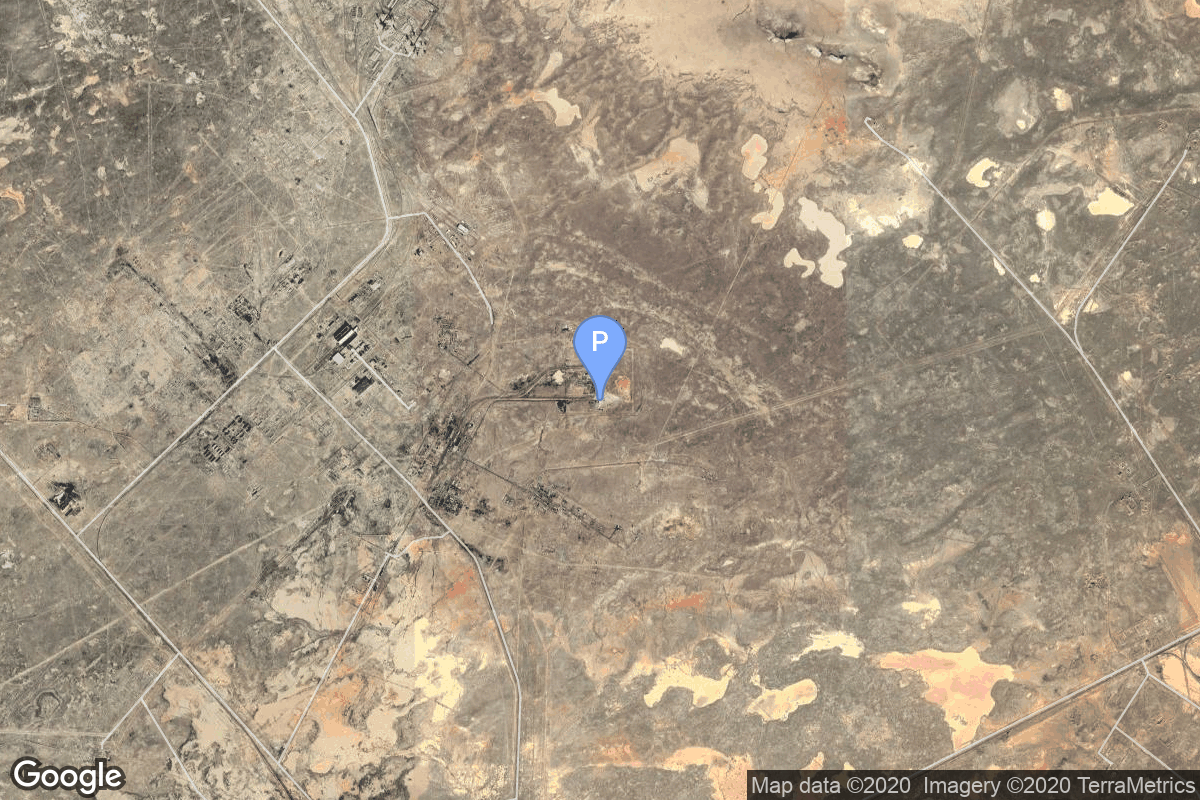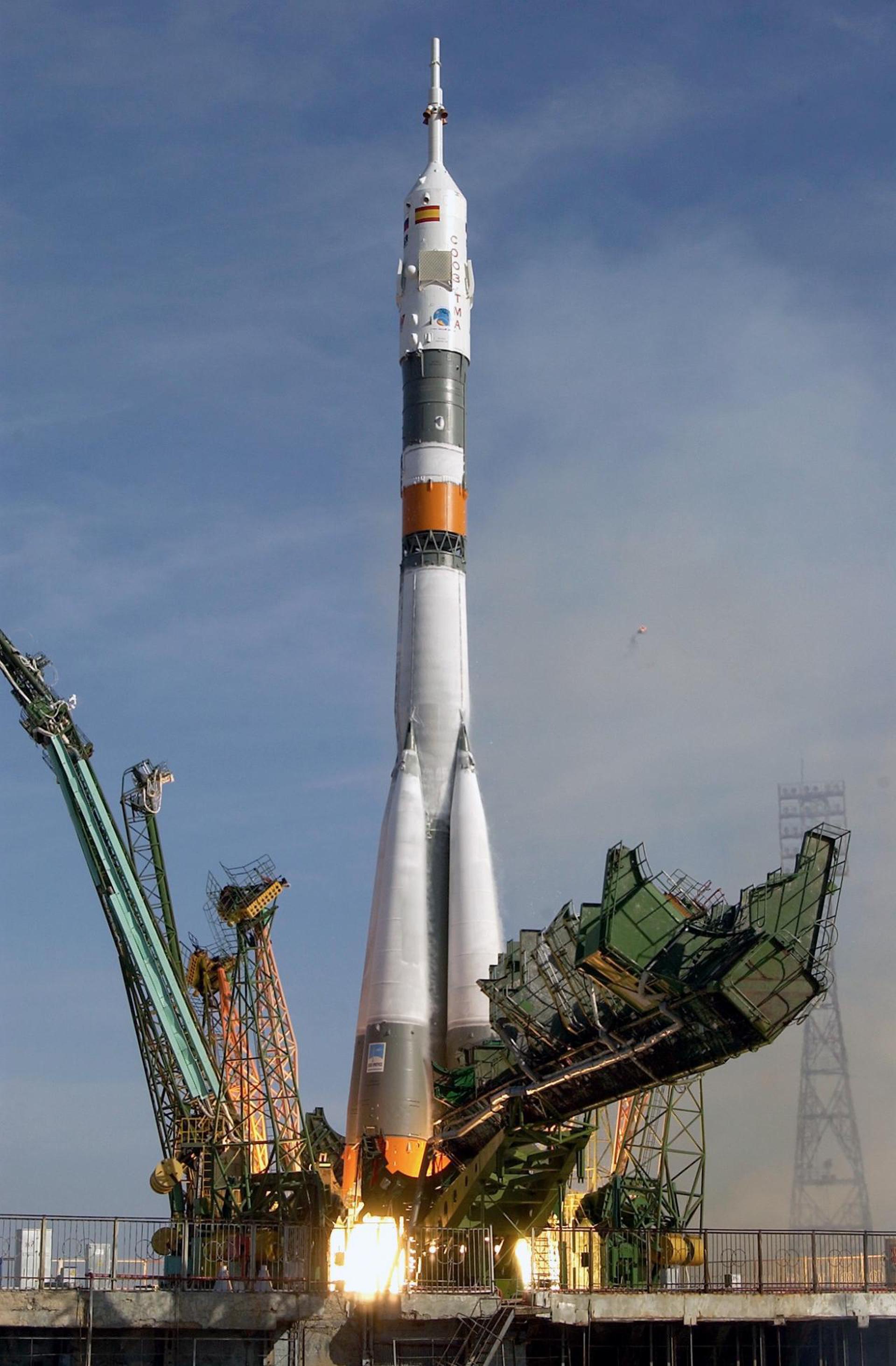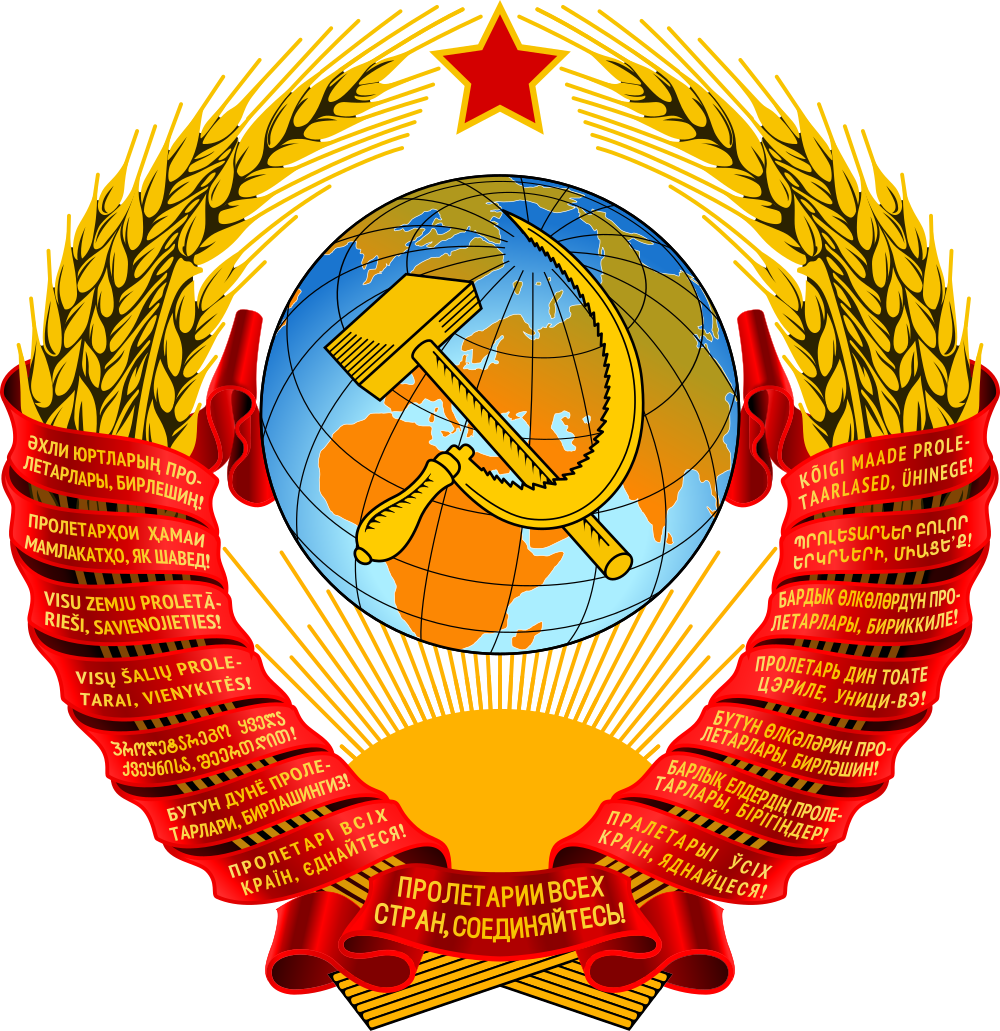Soyuz 38
Soyuz-U
Soviet Space Program
Crew
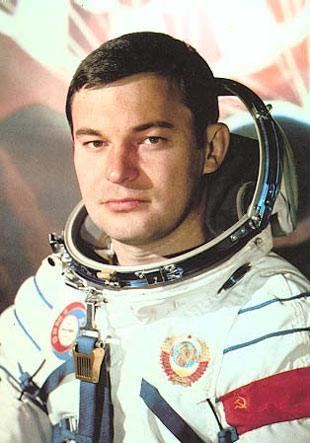
Yury Romanenko
- Birthday: 08/01/1944
- Role: Commander
- Nationality: Russian
- First Flight: 12/10/1977
- Last Flight: 02/05/1987
Yury Viktorovich Romanenko (Russian: Ю́рий Ви́кторович Романе́нко, Jurij Viktorovič Romanenko; born August 1, 1944) is a former Soviet cosmonaut, twice Hero of the Soviet Union (March 16, 1978 and September 26, 1980). Over his career, Yury Romanenko spent a total of 430 days 20 hours 21 minutes 30 seconds in space and 18 hours in space walks. In 1987 he was a resident of the Mir space station, launching on Soyuz TM-2 and landing aboard Soyuz TM-3. He remained on Mir for 326 days that was the longest stay in space at that time. His son, Roman Romanenko is also a cosmonaut, and has become the third second-generation space traveler on Soyuz TMA-15 in May 2009.
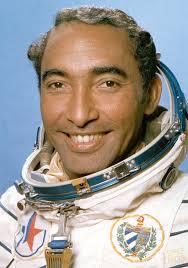
Arnaldo Tamayo Méndez
- Birthday: 01/29/1942
- Role: Research Cosmonaut
- Nationality: Cuban
- First Flight: 09/18/1980
- Last Flight: 09/18/1980
Arnaldo Tamayo Méndez (born January 29, 1942) is a Cuban military officer, legislator, and former cosmonaut and the first person of African heritage in space. As a member of the crew of Soyuz 38, he became the first Cuban citizen and the first person from a country in the Western Hemisphere other than the United States to travel into Earth orbit.
Mission
Soyuz 38
- Type: Human Exploration
- Orbit: Low Earth Orbit
Soyuz 38 was the 12th mission to visit the Salyut 6 space station and carried the EP-8 crew, which visited the long-duration Soyuz 35 resident crew. The mission began on September 18, 1980, 19:11:03 UTC, launching Commander Yuri Romanenko and Research Cosmonaut Arnaldo Tamayo Méndez, the first Cuban cosmonaut, into orbit. They docked with the station the next day. During their 7-day stay on the station, EP-8 crew carried out medical and other experiments, including Earth and solar observation, plant and crystal growing.
The mission concluded with a safe landing back on Earth on September 26, 1980, 15:54:27 UTC.
Location
Rocket
Agency
Soviet Space Program
The Soviet space program, was the national space program of the Union of Soviet Socialist Republics (USSR) actived from 1930s until disintegration of the Soviet Union in 1991.
The Soviet Union’s space program was mainly based on the cosmonautic exploration of space and the development of the expandable launch vehicles, which had been split between many design bureaus competing against each other. Over its 60-years of history, the Russian program was responsible for a number of pioneering feats and accomplishments in the human space flight, including the first intercontinental ballistic missile (R-7), first satellite (Sputnik 1), first animal in Earth orbit (the dog Laika on Sputnik 2), first human in space and Earth orbit (cosmonaut Yuri Gagarin on Vostok 1), first woman in space and Earth orbit (cosmonaut Valentina Tereshkova on Vostok 6), first spacewalk (cosmonaut Alexei Leonov on Voskhod 2), first Moon impact (Luna 2), first image of the far side of the Moon (Luna 3) and unmanned lunar soft landing (Luna 9), first space rover (Lunokhod 1), first sample of lunar soil automatically extracted and brought to Earth (Luna 16), and first space station (Salyut 1). Further notable records included the first interplanetary probes: Venera 1 and Mars 1 to fly by Venus and Mars, respectively, Venera 3 and Mars 2 to impact the respective planet surface, and Venera 7 and Mars 3 to make soft landings on these planets.
